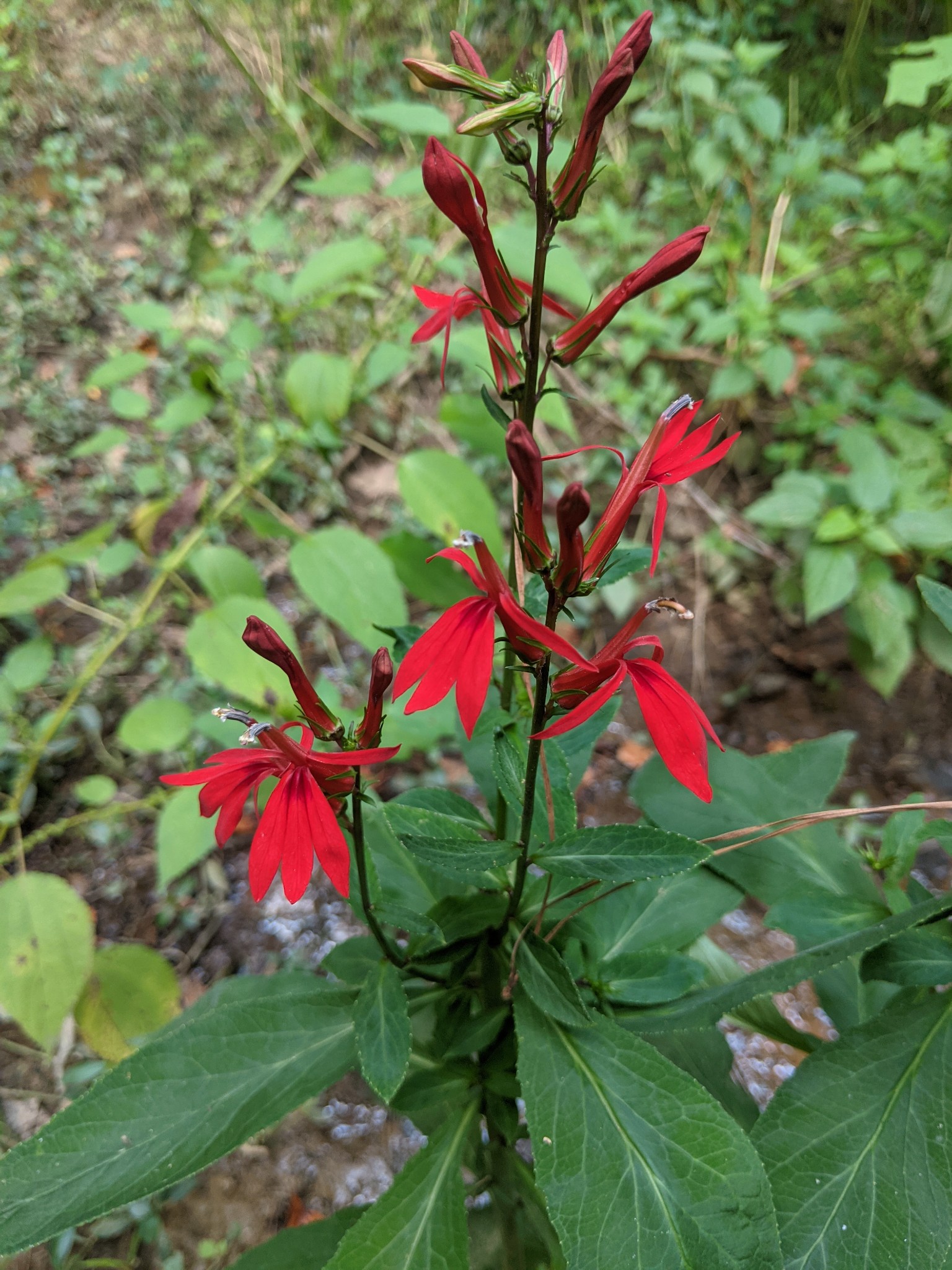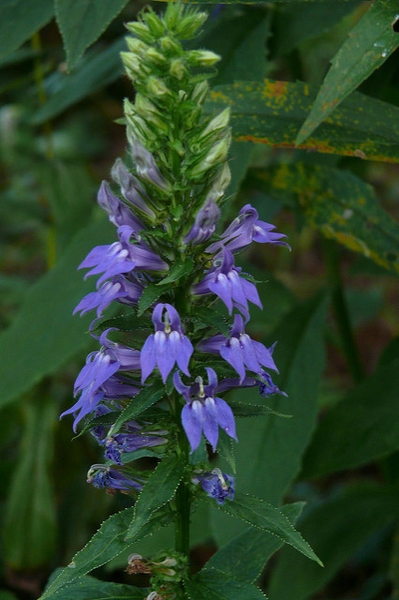Flora Fridays – September 13, 2024
go.ncsu.edu/readext?1026972
en Español / em Português
El inglés es el idioma de control de esta página. En la medida en que haya algún conflicto entre la traducción al inglés y la traducción, el inglés prevalece.
Al hacer clic en el enlace de traducción se activa un servicio de traducción gratuito para convertir la página al español. Al igual que con cualquier traducción por Internet, la conversión no es sensible al contexto y puede que no traduzca el texto en su significado original. NC State Extension no garantiza la exactitud del texto traducido. Por favor, tenga en cuenta que algunas aplicaciones y/o servicios pueden no funcionar como se espera cuando se traducen.
Português
Inglês é o idioma de controle desta página. Na medida que haja algum conflito entre o texto original em Inglês e a tradução, o Inglês prevalece.
Ao clicar no link de tradução, um serviço gratuito de tradução será ativado para converter a página para o Português. Como em qualquer tradução pela internet, a conversão não é sensivel ao contexto e pode não ocorrer a tradução para o significado orginal. O serviço de Extensão da Carolina do Norte (NC State Extension) não garante a exatidão do texto traduzido. Por favor, observe que algumas funções ou serviços podem não funcionar como esperado após a tradução.
English
English is the controlling language of this page. To the extent there is any conflict between the English text and the translation, English controls.
Clicking on the translation link activates a free translation service to convert the page to Spanish. As with any Internet translation, the conversion is not context-sensitive and may not translate the text to its original meaning. NC State Extension does not guarantee the accuracy of the translated text. Please note that some applications and/or services may not function as expected when translated.
Collapse ▲Lobelias
Lobelia cardinalis, the cardinal flower, is our first species of the day. This plant is a striking North American perennial with bright red flowers. The tubular flowers are attractive to hummingbirds and butterflies. The flowers are arranged in a terminal spike above the lance to elliptical shaped leaves. This plant does best in moist, well drained sites such as along stream banks and lakeshores. The specimen below was found in a bog underneath a wooden footpath. Consider this late summer bloomer for your fall garden.
The great blue lobelia – Lobelia siphilitica – is another late summer bloomer. When planted beside the cardinal flower, the garden really pops with blue and red! The great blue lobelia does well in similar conditions of constant moisture and well draining soil. This species is also crucial for pollinators as it blooms late in the season when many plants do not offer nectar at this time. Both perennials can be propagated by seed or divisions, the later method is often the most successful.
We hope you have enjoyed this edition of Flora Fridays! Please consider leaving feedback in the box below. At Extension, we are here to listen to and address your needs.
Check out past Flora Fridays.






